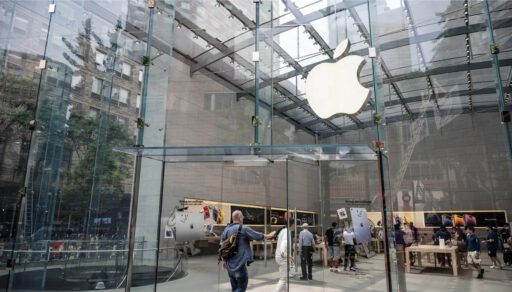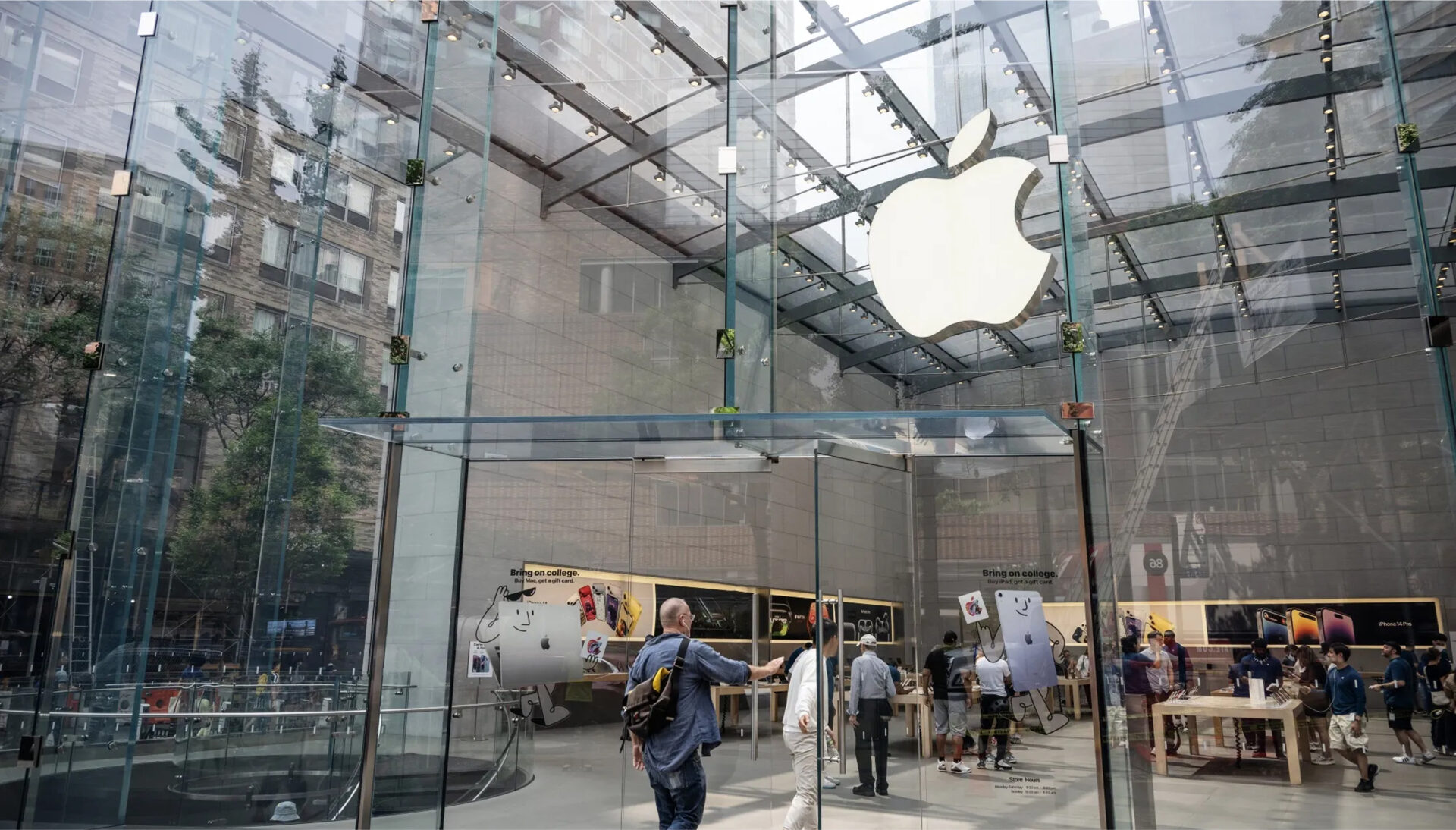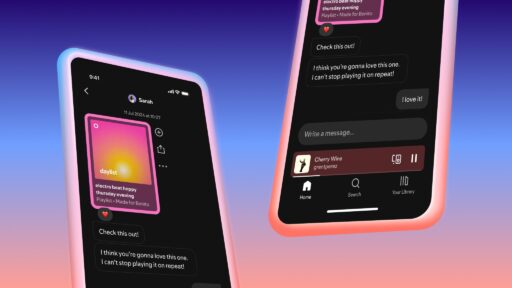Bottom Line Up Front: Apple is betting everything on a radical AI strategy centered around a $1,000 tabletop robot launching in 2027. This isn’t just another product—it’s Apple’s answer to falling behind in AI and their play for the $537 billion smart home market exploding by 2030.
The tech world just witnessed Apple’s most audacious product pivot since the iPhone. While everyone’s been watching the AI race between OpenAI, Google, and Microsoft, Apple quietly developed a comprehensive strategy to leapfrog the competition through hardware integration that no one else can match.
The Secret Project That Changes Everything
Bloomberg’s latest reporting reveals Apple’s internal codename J595—a tabletop robot that looks like the Pixar lamp came to life. But this isn’t some cute gadget. This is Apple’s trojan horse for dominating the next era of computing.
Picture this: a 7-inch iPad display mounted on a motorized arm that moves 6 inches in any direction. It recognizes your face, tracks you around the room, and uses physical gestures to communicate. Apple’s engineers have developed “expressive movement” technology that lets the device nod, tilt, and position itself to convey emotions and reactions—something no Amazon Echo or Google Nest can do.
The robot runs “Charismatic” OS (previously codenamed “Pebble”), designed specifically for multi-user homes. It knows who’s talking, remembers your preferences, and can jump into conversations naturally. Think of it as the AI companion you’ve seen in sci-fi movies, finally made real.
But here’s what makes this strategy brilliant: the robot is just the centerpiece of a complete ecosystem overhaul.
Siri Gets a Brain Transplant (Finally)
Let’s be honest—Siri has been embarrassingly behind Google Assistant and Alexa for years. Apple knows this, which is why they’re completely rebuilding Siri from scratch using large language models.
Project “Linwood” (LLM Siri) represents the biggest upgrade since Siri’s 2011 debut. Craig Federighi calls it “a much bigger upgrade than we envisioned” and confirms it’s Apple’s highest priority project.
The technical specs are impressive: a 3 billion parameter model running entirely on-device, achieving 10x better performance and using 14x less memory than baseline implementations. When you need more power, Apple’s Private Cloud Compute kicks in—but unlike competitors, your data gets processed and immediately deleted, with cryptographic verification that your information never gets stored.
Apple is also hedging their bets. Internal testing shows Anthropic’s Claude outperforming Apple’s models in several areas, leading to potential multi-billion dollar licensing deals. The message is clear: Apple will do whatever it takes to make Siri competitive again.
The Smart Home Ecosystem Play
The robot isn’t launching in isolation. Apple’s rolling out a complete smart home ecosystem:
Smart Display (J490) launches mid-2025 as a “practice run”—same 7-inch screen as the robot but without the moving arm. Think of it as training wheels for the full experience.
Security Cameras (J450) take direct aim at Amazon’s Ring empire. These feature facial recognition, 6-12 month battery life, and Apple Intelligence integration for automated functions like turning off lights when rooms are empty.
Custom Wi-Fi chip (Proxima) ensures all these devices talk to each other seamlessly, while homeOS becomes the unified operating system tying everything together.
This isn’t just about selling more hardware—it’s about creating the ultimate ecosystem lock-in. Research shows smart speaker owners typically buy 2-3 additional smart home devices, and Apple customers have 2-3x higher lifetime value than competitors.
Why Apple Might Actually Win This Time
Here’s what makes Apple’s approach different from Google, Amazon, and Microsoft:
Privacy as a Competitive Advantage: While competitors mine your conversations for advertising data, Apple processes everything locally or through their cryptographically verified Private Cloud Compute. In an era of increasing privacy concerns, this could be the differentiator that matters.
Hardware Integration Nobody Can Match: The robot’s expressive movement capabilities come from tight integration between custom chips, sensors, and software. Good luck to Samsung or Google trying to replicate that manufacturing expertise.
Premium Market Positioning: The $1,000 price point puts this in premium territory, exactly where Apple excels. They’re not competing on price—they’re creating a new category entirely.
Developer Ecosystem: Apple’s Foundation Models framework gives developers direct access to their 3 billion parameter model with just 3 lines of Swift code. No expensive API costs, no cloud dependencies, no data collection concerns.
The Massive Market Opportunity
The numbers are staggering:
- Global smart home market: $537 billion by 2030 (27% annual growth)
- Consumer robotics: potentially $300+ billion by 2030
- Apple’s current smart home market share: essentially zero
Apple’s services revenue has already hit $100+ billion annually. Adding smart home subscriptions, enhanced iCloud storage for AI processing, and HomeKit+ premium features could easily generate another $15+ billion in services revenue.
But the real prize is ecosystem lock-in. Every smart home device becomes another reason to stay in Apple’s ecosystem, driving iPhone upgrades, App Store purchases, and service subscriptions.
The Technical Reality Check
Let’s not sugarcoat the challenges. Building consumer robots at scale is incredibly difficult. Apple selected Foxconn subsidiary Hongzhun for mechanical components, but robotics requires entirely new expertise in actuators, sensors, and precision movement systems.
The manufacturing timeline is brutal: 18-24 months from design finalization to mass production, with higher per-unit costs than traditional Apple products. The 2027 launch depends on resolving these challenges while maintaining Apple’s quality standards.
Then there’s the AI competition. Google Assistant leads with 88.8 million US users versus Siri’s 84.2 million globally. Amazon’s Alexa works with 100,000+ smart devices compared to Apple’s much smaller HomeKit ecosystem. Meta’s pushing hard with their AI assistant across Facebook, Instagram, and WhatsApp.
Apple is essentially 1-2 years behind in AI capabilities and trying to catch up while simultaneously entering entirely new product categories.
What This Means for Developers and Tech Professionals
For iOS developers, this represents the biggest platform expansion since the App Store. New app categories are emerging around AI-powered productivity tools, creative intelligence applications, and privacy-focused assistants.
The MLX framework lets developers fine-tune large language models locally on Apple Silicon—something impossible with cloud-based alternatives. DeepSeek-R1 (670B parameters) running on M3 Ultra with 512GB RAM shows the potential for on-device AI that doesn’t exist elsewhere.
For tech professionals working in smart home, robotics, or AI, Apple’s entry validates these markets while creating new competitive pressure. Privacy-first AI architecture may become a competitive necessity as regulatory frameworks tighten globally.
The Bigger Picture: Ambient Computing by 2030
This strategy isn’t just about smart homes—it’s preparation for the next computing paradigm. Apple’s betting that by 2030, we’ll move from device-centric computing to ambient intelligence where AI seamlessly integrates across all environments.
The robot, smart displays, security cameras, and enhanced Siri create the foundation for this transition. Add in future AR glasses, Apple Watch evolution, and Vision Pro spatial computing, and you get a glimpse of Apple’s long-term vision.
The integration potential is massive: imagine your robot knowing you’re coming home from your iPhone location, adjusting lighting and temperature through smart home devices, and having your Apple TV ready with personalized content recommendations—all while maintaining privacy through on-device processing.
Will Apple Actually Pull This Off?
The track record is mixed. Apple has repeatedly struggled with services (remember MobileMe?), taken years to fix Siri’s basic functionality, and historically avoided new product categories until markets mature.
But they also have $29 billion in quarterly revenue, $162 billion in cash, and the best hardware integration capabilities in the industry. When Apple commits to a new direction—like the iPhone or Apple Silicon transition—they typically execute brilliantly.
The key factors for success:
- Accelerating AI development to achieve GPT-4 parity by 2026
- Expanding smart home ecosystem through aggressive product launches
- Strategic acquisitions for search capabilities and specialized AI talent
- Manufacturing excellence for robotics at scale
What You Should Watch For
The rollout timeline tells the story:
- 2025: Smart display launches, enhanced Siri debuts, homeOS releases
- 2026: Security camera ecosystem, Custom Wi-Fi chip deployment
- 2027: Flagship robot launch, complete ecosystem integration
Developer adoption of Foundation Models framework and third-party HomeKit device growth will signal whether Apple’s ecosystem strategy is working.
Most importantly, watch for Apple’s AI capability improvements. If Siri remains behind Google Assistant and Alexa through 2026, the robot strategy becomes much harder to execute successfully.
The Bottom Line
Apple is making the biggest strategic bet since the iPhone: that privacy-first AI, premium hardware integration, and ecosystem lock-in can overcome their current disadvantages in AI capabilities and smart home market share.
The $20 billion investment across AI development, robotics R&D, and manufacturing automation represents Apple’s recognition that incremental improvements won’t cut it anymore. They need revolutionary products to maintain relevance in the AI era.
If they succeed, Apple creates an entirely new product category while cementing ecosystem advantages for the next decade. If they fail, competitors gain 2-3 years to strengthen their positions while Apple burns through billions in development costs.
The stakes couldn’t be higher, and 2027 can’t come fast enough to see if Apple’s biggest gamble pays off.






